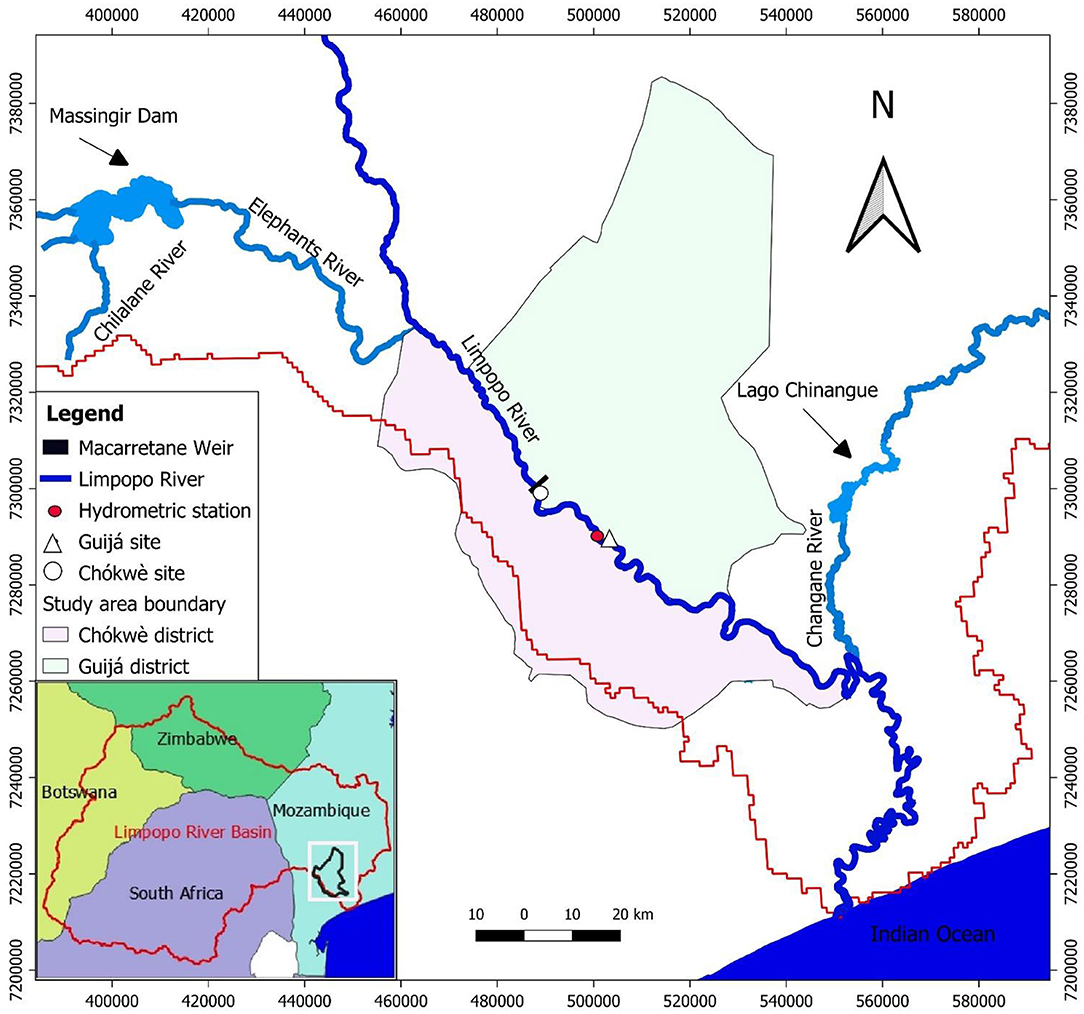
Therefore the remediations of DNAPLs leakage and spills is quiet difficult. They are tend to sink in the aquifer below water table. While DNAPLs such as Perchloroethylene (PCE) and Trichloroethylene (TCE) are dense than water. LNAPL head distribution controls the lateral migration. Some of LNAPLs will dissolve into groundwater and adsorb to pore spaces of vadose zone. LNAPLs such as gasoline, fuel oil and diesel are less dense than water and will tend to float on the water surface. Hydrocarbon can be classified into Light Non Aqueous Phase Liquid (LNAPL) and Dense Non Aqueous Phase Liquid (DNAPL). Differences in physical and chemical properties of water and hydrocarbons cause it can not be mixed because there are physical boundaries of the interface. Aliphatic had four small groups of alkanes, alkenes, alkynes and aliphatic ring. Hydrocarbons can be classified into two main groups, aliphatic and benzene. These compounds exist as a gas, liquid or solid. Hydrocarbon elements bonded together by covalent bonds. NAPLs also does nothave homogeneity phase when contacted with water and air. Nonaqueous Phase Liquid (NAPL) is a chemical that are only sparingly soluble migrate through aquifer as a separate non aqueous phase (i.e hydrocarbons). Recharge of groundwater with contaminated surface water Improper disposal or hazardous or other chemical wastes Leaking Underground LNAPL Storage Tanks (UST) Two major source of contaminants are saltwater intrusion and uncontrolled releases of biological and chemical contaminants : Groundwater contamination will ultimately influence the groundwater system due to several factors. Measurement of contaminant migration patterns are becoming increasingly important in a rapidly growing developing countries because of the increasing pollution of groundwater every year. The shape and positions of contaminants in clay medium with 30% water content is much easily detected compared with its migration patterns in coarse sand. The semi- saturated zone occupied the middle part of the section with resistivity ranges from 500-1500 m. Resistivity section shows clearly the positions of fresh water- saturated zones in the top and bottom layers with resistivity values of about 100-200 m. Electrical resistivity imaging was performed in the third and seventh days after the release of LNAPL. Semi-water saturated fine sand, coarse sand and clay were used as the medium in the study. To understand the nature of contaminants migration pattern, a small scale laboratory study was carried out by measuring LNAPL contaminants using mini electrodes electrical resistivity imaging. The electrical resistivity technique is oftenly been used to detect the contaminants plume in the subsurface. The contaminants might be originated from oil spills, leakage from underground storage tanks (UST) and saltwater intrusion. Migration pattern of contaminants in soil such as by hydrocarbons and saltwater has long been studied. Geology Programme, Universiti Kebangsaan Malaysia Nur Atikah Mohd Ali, Umar Hamzah, Mohd Amir Asyraf Sulaiman

Laboratory Study of Contaminants Migration Pattern in Soil Using 2D Electrical Resistivity Tomography


 0 kommentar(er)
0 kommentar(er)
